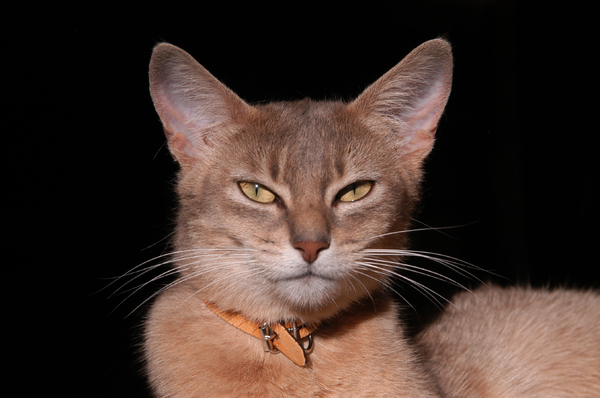Combatting Bacterial Growth in Cat Litter

Cat litter and litter boxes play a critical function in the lives of both felines and their owners. From the humble beginnings of sand and soil to the ingenious improvements of today, the world of cat litter has developed considerably. In this thorough guide, we look into every aspect of cat litter and litter boxes, exploring their history, types, benefits, challenges, and everything in between.
The history of cat litter dates back centuries, with ancient civilizations using sand, soil, and even ashes as primitive litter materials. However, it wasn't up until the mid-20th century that contemporary cat litter as we understand it emerged. In 1947, Edward copyright introduced the world's first industrial cat litter made from absorbent clay, reinventing the method felines relieved themselves inside your home. Considering that then, cat litter has actually gone through various changes, with the introduction of clumping litter, silica gel litter, biodegradable options, and more.
Today, cat owners are ruined for option when it pertains to choosing the best litter for their feline companions. Traditional clay litter remains popular for its price and efficiency in taking in odors. Clumping litter, which forms solid clumps when wet, simplifies cleansing and upkeep. Silica gel litter, made up of highly absorbent silica crystals, provides superior odor control and durability. Eco-friendly alternatives, such as recycled paper, wood pellets, corn, and wheat, attract environmentally conscious customers.
Each kind of cat litter provides unique advantages. Clay litter masters its capability to take in moisture and control odors, making it a dependable choice for lots of feline owners. Clumping litter simplifies daily scooping and extends the time in between total litter changes. Silica gel litter provides exceptional smell control and can last longer in between replacements. Naturally degradable litters offer a sustainable option that lessens environmental effect.
While cat Robot Litter Boxes litter boosts indoor feline hygiene, it is not without its challenges. Dust from clay litter can posture breathing risks for both felines and people, Pine Pellet Cat Litter prompting the appeal of dust-free options. Some cats might develop litter box hostility due to problems with texture, scent, or tidiness, requiring experimentation with various litters and box setups. Multi-cat households might require tactical litter box placement and regular maintenance to avoid territorial conflicts and make sure all cats have access to tidy facilities.
Choosing the appropriate litter box is necessary for promoting favorable litter box practices and total feline well-being. Aspects to consider consist of size, ease of access, and style preferences. Covered litter boxes supply privacy and aid include smells, but some felines may discover them confining or intimidating. Open-top litter boxes provide simple access and presence but may result in more litter scatter. Automatic self-cleaning litter boxes simplify maintenance but need routine tracking and upkeep.
Appropriate litter box upkeep is essential for making sure a clean and inviting environment for both felines and their owners. Daily scooping removes waste immediately, minimizing odor and preventing litter box hostility. Regular litter replacement, usually every 1-2 weeks, avoids bacterial buildup and preserves optimal absorbency. Comprehensive cleansing with mild detergent and water, preventing extreme chemicals that may discourage felines from utilizing the box, ought to be performed monthly.
Cat litter and litter boxes play a central role in cultivating a healthy and unified relationship between cats and their human buddies. With a varied range of litter cat litter box self cleaning choices and litter box styles available, cat owners have the versatility to customize their options to suit their cats' preferences and home requirements. By understanding the development, types, advantages, and challenges of cat litter and litter boxes, pet owners can offer their feline good friends with a comfy and sanitary indoor environment.